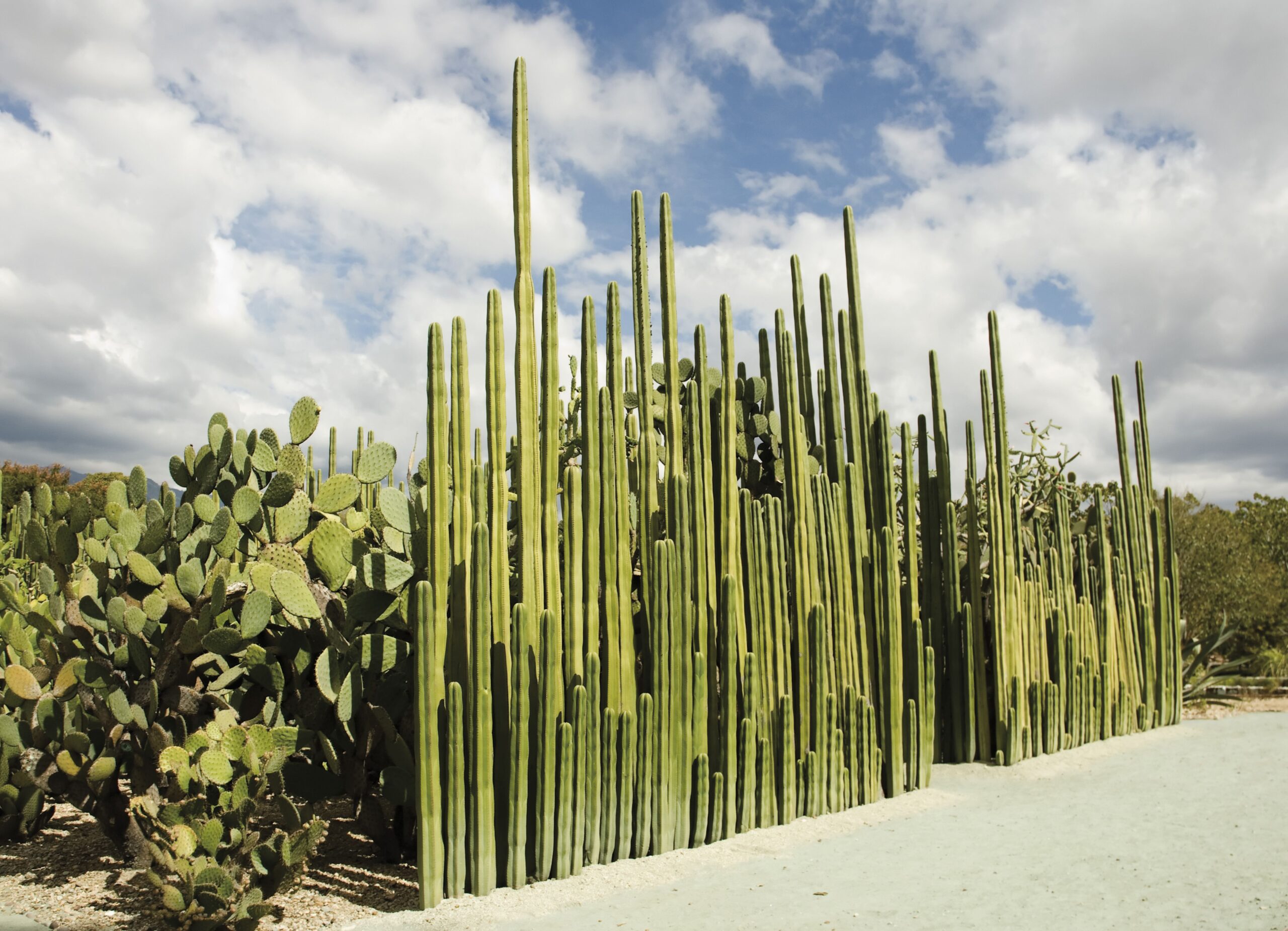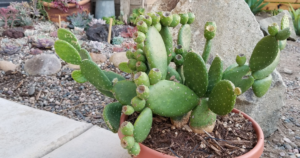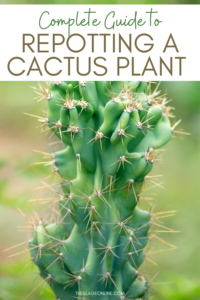When one thinks of a desert landscape, the image of cacti immediately springs to mind. These resilient plants, often synonymous with arid environments, have become increasingly popular in gardens and outdoor landscapes. But have you ever considered what it takes to select the best cactus plants for your outdoor space? With countless varieties and styles available, it may seem overwhelming. Yet, the challenge lies not only in choosing the right species but in harmonizing them with their surroundings. Let’s unravel the beauty of cactus plants for outdoors and discover the ideal candidates for your garden or landscape.
Cacti: Nature’s Masterpieces
Cacti are not merely plants; they are botanical wonders. With their diverse shapes, sizes, and colors, they provide visual intrigue that few other plants can match. From the majestic tall saguaro to the compact and globular barrel cactus, these extraordinary succulents offer an array of aesthetic possibilities for landscaping. Their unique adaptations to desert climates—such as thickened stems and a waxy coating—enable them to thrive with minimal water, making them perfect for xeriscaping or low-maintenance gardens.
When incorporating cacti into your outdoor area, consider the overall design architecture. A carefully thought-out arrangement of different cactus varieties can create striking focal points in your landscape. Grouping cacti of varying heights and colors can result in a dynamic display that draws the eye and stimulates curiosity.
Choosing the Right Cactus for Your Garden
Before embarking on this botanical journey, it’s crucial to contemplate local climate conditions and soil quality. While some cacti prefer the searing heat and low humidity of the southwest, others might flourish in milder climates with richer soil. Research local species and consider your garden’s unique microclimate to discern which cacti will flourish.
Here are some popular outdoor cactus varieties that excel in various landscapes:
– **Saguaro (Carnegiea gigantea)**: Nothing embodies the Southwest quite like the saguaro. These towering giants can reach heights of up to 40 feet and live for over 150 years. Suitable for larger spaces, they thrive in full sun and require well-draining soil. While saguaros evoke iconic western landscapes, they also present a challenge: adequate space. Positioning them too closely may lead to crowded conditions, so plan accordingly.
– **Barrel Cactus (Ferocactus)**: These round, spiny plants are ideal for adding unique shapes to your garden. Barrel cacti typically grow in clumps, with individual specimens reaching up to three feet in height. Their vibrant yellow flowers attract pollinators, making them an excellent choice for eco-friendly gardens. Keep in mind, however, that their spines can deter maintenance tasks.
– **Golden Barrel Cactus (Echinocactus grusonii)**: Renowned for its striking appearance and compact size, the golden barrel cactus is an excellent choice for smaller gardens or ornamental containers. It produces a stunning display of yellow flowers in the summer. This variety thrives in full sun and low water conditions, yet requires some protection from harsh frost.
Creating a Cactus Oasis: Design Considerations
Designing an outdoor space that includes cacti requires thoughtful planning. Their unique morphology invites creative landscaping ideas, allowing you to experiment with texture and contrast. When arranging your cacti, consider the following:
– **Layering and Grouping**: Create a visually appealing layout by layering cacti of different heights and shapes. Place taller specimens toward the back of a bed and shorter ones in front, adding depth to the arrangement. This technique can be especially effective if interspersed with boulders or gravel for a natural desert look.
– **Companion Planting**: While cacti are often solitary figures in arid landscapes, they can flourish alongside various succulent plants and drought-tolerant species. Consider integrating yuccas, agaves, or other hardy perennials that complement the aesthetic while minimizing competition for resources.
– **Soil and Watering Practices**: Pay special attention to soil composition. Cacti prefer sandy, well-draining soil that discourages over-saturation. Amend your soil with sand or perlite to promote drainage, particularly in areas prone to heavy rain. Understanding the specific watering needs of different cactus varieties is also essential; each species has its own threshold for moisture.
Caring for Your Outdoor Cacti: Challenges and Rewards
While cacti are often hailed for their low maintenance, some challenges arise in their care. Diseases, pests, and environmental factors can hinder their growth. Common challenges include fungal infections, particularly in excessively damp conditions, and pests such as mealybugs or spider mites. Regularly inspect your cacti for signs of distress, and take immediate action if issues arise.
Another consideration is seasonal care. In colder climates, certain cactus species may need protection from frost. Utilizing mulch or temporary coverings can help shield them during harsh winter months. Recognizing and prepping for these challenges will ensure that your cacti not only survive but thrive.
Finally, it’s important to remember the joy that cacti bring to outdoor landscapes. Their striking beauty, coupled with their remarkable resilience, evokes a sense of tranquility and wonder. Whether you create an expansive desert oasis or a cozy corner with a few select species, adding cacti to your garden is a fulfilling endeavor that promises both aesthetic and functional rewards.





Leave a Comment